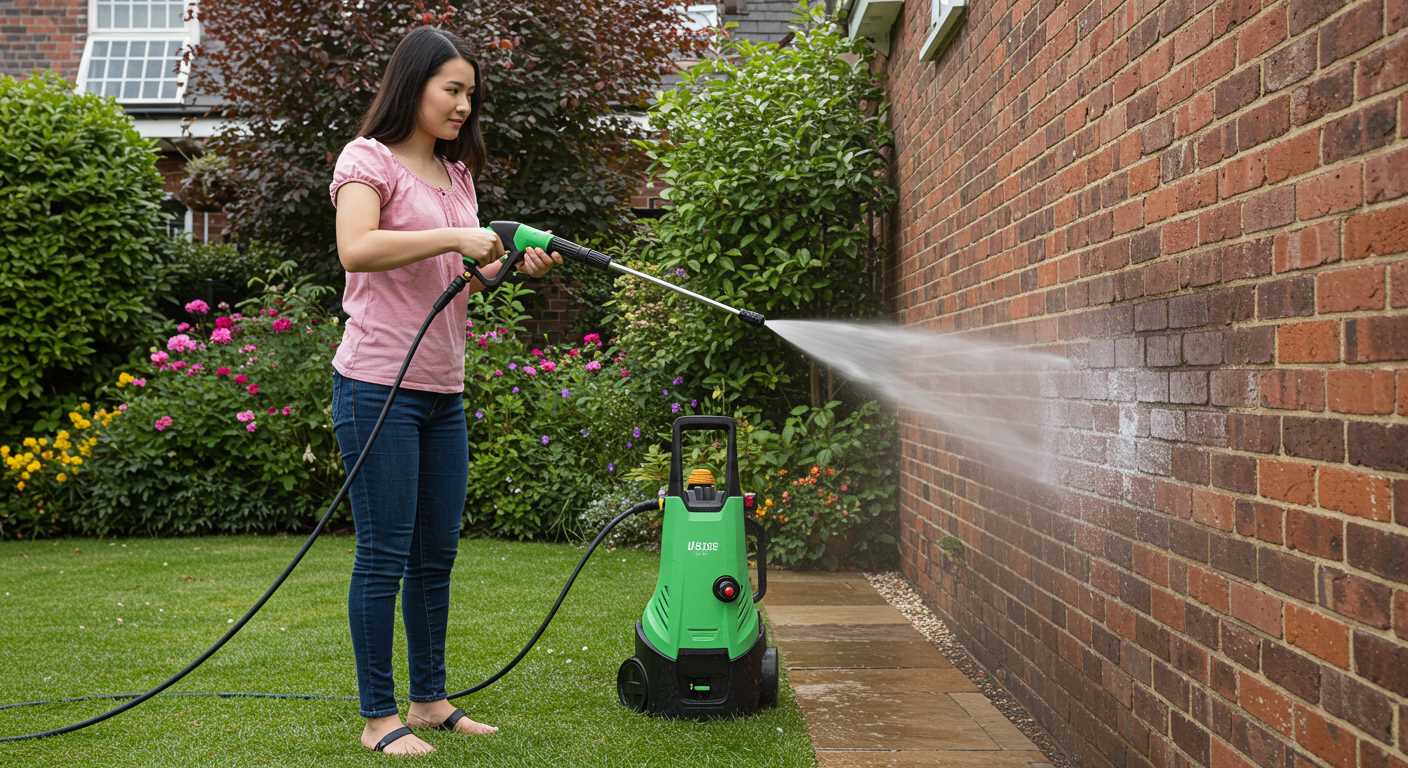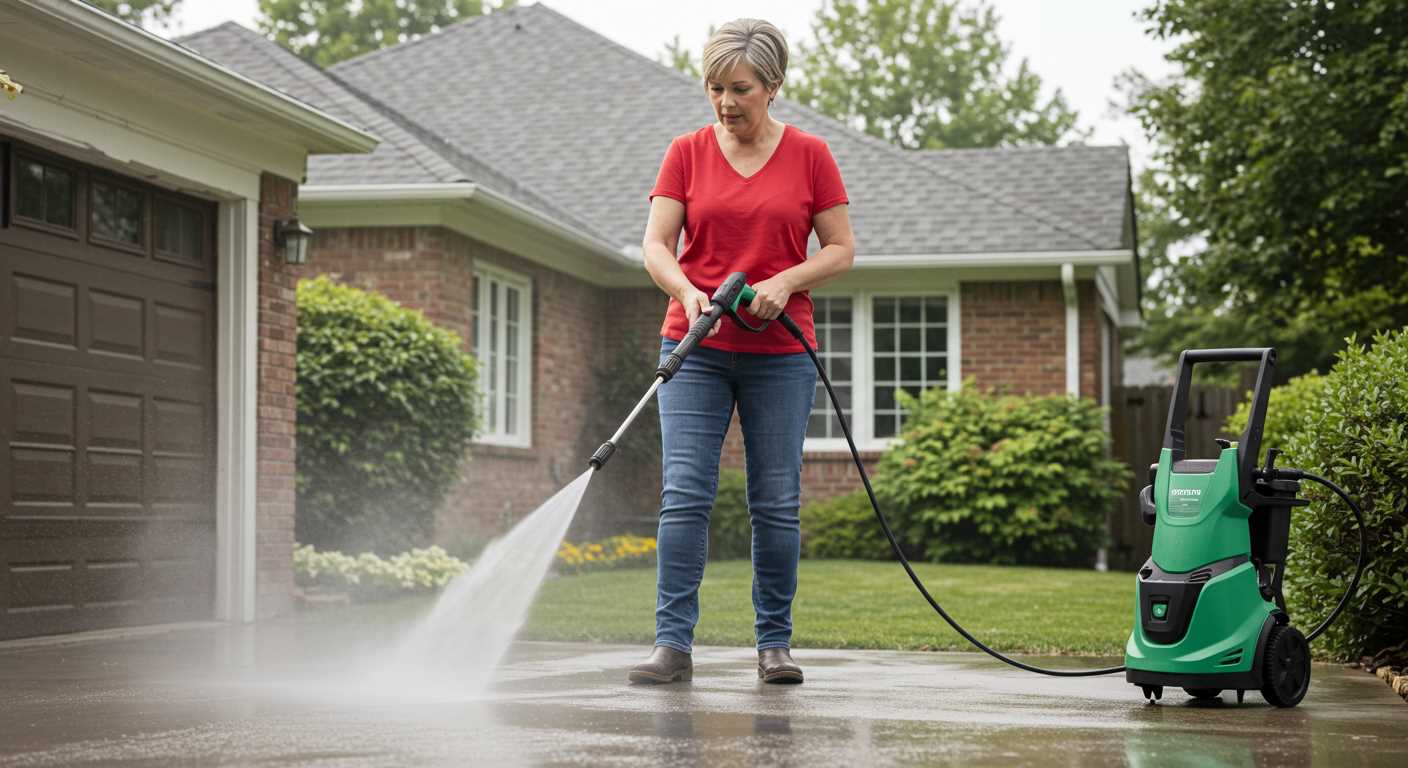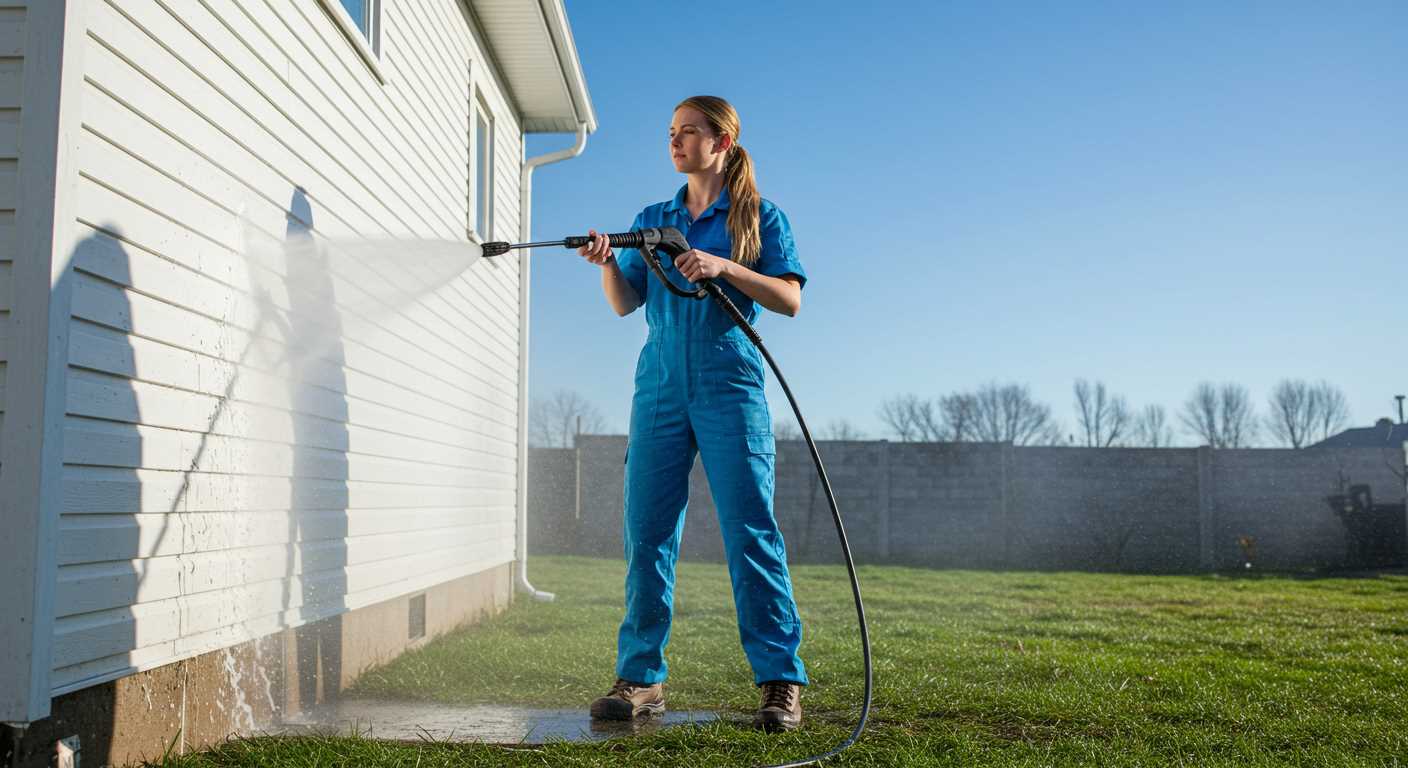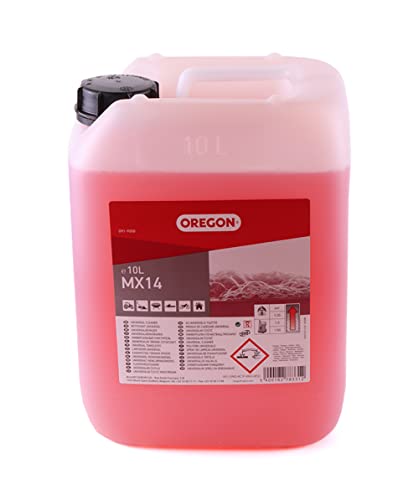



Upgrade the nozzle first; a wider spray pattern with a smaller size often enhances pressure and delivers a concentrated jet. This minor change can significantly improve cleaning efficiency on various surfaces.
Next, consider the pump; a high-pressure unit can generate improved force. If your current model has a standard pump, switching to a more advanced version may offer increased output while maintaining durability.
Additionally, assessment of detergent quality is crucial. Utilising heavy-duty cleaning agents specifically designed for use with power units can cut through grime more effectively, allowing you to achieve quick results without excessive effort.
Lastly, routine maintenance cannot be overlooked. Regular checks and replacements of filters and hoses will ensure optimal fluid flow and pressure, enhancing performance over time. Implementing these techniques will elevate the output capacity and utility of your equipment considerably.
Choose the Right Nozzle for Optimal Pressure
Selecting the correct nozzle directly impacts the intensity and effectiveness of the cleaning process. For tight spots and stubborn grime, a zero-degree nozzle concentrates the water stream into a small area, perfect for removing tough stains. However, use this with caution to avoid damaging surfaces.
A 15-degree nozzle works effectively on tough surfaces like concrete, making it suitable for driveways and patios. It strikes a balance between power and coverage, offering versatility for various cleaning tasks.
Various Types of Nozzles

The 25-degree option is an excellent choice for wider surfaces, such as decks and siding, allowing efficient cleaning without the risk of stripping paint or damaging wood. It covers a larger area while still providing enough pressure for effective cleaning.
For light cleaning and rinsing, consider a 40-degree nozzle. This attachment disperses water widely, perfect for washing vehicles or gently cleaning delicate surfaces without causing any harm.
Adjustable Nozzles
An adjustable nozzle adds flexibility, enabling quick changes between spray patterns. They generally range from a wide fan to a tight stream, adapting easily to various tasks without switching attachments.
Select the appropriate nozzle based on the specific cleaning project. Each type serves a unique purpose, optimising performance and ensuring the best results with every use.
Check and Clean the Water Filter
Inspecting and maintaining the water filter plays a significant role in the efficiency of any cleaning device. A clogged filter restricts flow, directly impacting performance. Regular checks ensure optimal functionality.
Begin by locating the water filter, typically found at the entrance of the water inlet. In some models, it’s integrated within the quick-connect fitting. Carefully detach the fitting to access the filter without causing damage.
Rinse the filter under running water to remove debris and sediment. If the contamination is severe, soak the filter in a mixture of warm water and mild detergent for a deeper clean. Avoid using harsh chemicals that may degrade the filter material.
After cleaning, inspect the filter for any signs of wear or damage. Replace it if any cracks or deformities are visible, as this can lead to more significant issues.
| Step | Action |
|---|---|
| 1 | Locate the water filter |
| 2 | Detaching the quick-connect fitting |
| 3 | Rinse under running water |
| 4 | Soak in warm soapy water if necessary |
| 5 | Inspect for damage |
| 6 | Replace if damaged |
Integrate this maintenance into your cleaning routine every few months, or more frequently if the water source is known to have higher sediment levels. Consistent attention to the filter will help sustain strong performance and avoid unnecessary wear on components.
Upgrade the detergent for better cleaning
I recommend switching to a high-quality, concentrated cleaning solution specifically designed for exterior surfaces. Unlike standard soaps, these formulations penetrate grime and grease more effectively, resulting in a deeper clean. Look for options that are biodegradable and safe for both the environment and surfaces you’re cleaning.
Consider pH-balanced detergents

Using a pH-balanced product ensures that it won’t damage the surfaces you intend to clean. Acidic or highly alkaline solutions can cause deterioration over time, especially on wood or painted surfaces. A neutral pH product is gentle yet effective, making it suitable for a wide range of applications.
Mix ratios matter
Follow the manufacturer’s guidelines carefully on diluting concentrated solutions. Typically, a stronger ratio is needed for heavy soiling, while lighter applications suffice for routine maintenance. However, exceeding the recommended concentrations can lead to residue build-up and may require additional rinsing.
Increase the Water Supply Pressure
To enhance water supply pressure, adjust your home’s water source settings. Start by checking the main water valve; ensure it is fully opened. A partially closed valve can significantly limit flow. If you’re using a garden hose, switch to a larger diameter hose, which facilitates better water flow. Consider replacing any old, worn-out hoses that may be restricting water supply.
For those serious about improving performance, a pressure booster pump can be an ideal investment. This device increases the water pressure coming into the cleaning unit, resulting in a more forceful stream for better cleaning results. Look for a booster rated for at least 40 PSI to see noticeable enhancements.
Inspect Plumbing for Blockages
Regularly inspect all plumbing leading to your cleaning apparatus. Sediment build-up in pipes, especially in older homes, can inhibit water flow. Flushing the pipes with vinegar or a mild cleaning solution can remove build-up and enhance water delivery to the cleaning unit.
Utilise a Dedicated Water Supply
Whenever possible, use a dedicated water supply for powering your cleaning gear. This ensures consistent and adequate water flow without the limitations that may arise from shared household water usage. Connecting to a tap that’s not subjected to other demands, like a garden or sprinkler system, yields the most effective results.
By following these steps, I have consistently observed first-hand improvements in water pressure, leading to superior cleaning outcomes and overall satisfaction with the results.
Inspect and replace worn hoses
Check hoses for signs of wear or damage regularly. Look for cracks, leaks, or kinks that can reduce water flow and effectiveness. A damaged hose can significantly impact cleaning performance; therefore, timely replacement is crucial.
Steps for Inspection
- Disconnect from the water source and power supply.
- Thoroughly examine the entire length of the hose for abrasions or bulges.
- Inspect the connectors for secure fittings; any loose or corroded connections should be addressed.
Replacement Recommendations

- Choose hoses that match or exceed the original specifications for pressure and diameter.
- Consider reinforced hoses made of materials that resist abrasion and temperature variations.
- Opt for anti-kink designs to maintain consistent water flow.
Investing in high-quality hoses can enhance overall cleaning efficiency and prolong the lifespan of the entire system. Regular maintenance of hoses not only improves output but also ensures safety during operation.
Maintain the Pump for Longevity
Regular maintenance of the pump is crucial for ensuring its durability and consistent output. Here are some targeted actions to take:
- Use Clean Water: Always connect your device to a source of clean water. Contaminants can wear down internal components and compromise performance.
- Check for Leaks: Inspect the pump for any signs of leaks. Addressing these issues early prevents further damage and maintains efficiency.
- Flush the System: After each use, run clean water through the system to clear out residual soap or debris, which can cause buildup and impair functionality.
- Monitoring Temperature: Avoid operating in extreme temperatures. Excessive heat or cold can lead to premature wear. Aim for temperatures between 5°C and 40°C.
- Oil Maintenance: Regularly check and replace the oil in the pump. Use the oil type recommended by the manufacturer for best results.
- Store Correctly: During off-seasons, store the equipment in a dry, temperature-controlled environment to prevent moisture buildup and corrosion.
Following these guidelines will extend the life of the pump, allowing for reliable performance throughout its lifespan.
Adjust the nozzle angle for specific tasks

For optimal results, alter the nozzle angle based on the surface and level of dirt. A narrower angle, typically 0 degrees, delivers a focused jet ideal for stubborn grime on concrete or metal surfaces. Use this setting sparingly to prevent damage.
For wider areas, such as decks or patios, shift to a 25 or 40-degree nozzle. This broader fan shape distributes the force, allowing for effective cleaning without harming the surface. It’s especially useful for delicate materials.
When applying detergents, a flat fan nozzle works best at a slight angle to avoid overspray while ensuring even coverage. The wrong angle can result in inadequate cleaning or excessive runoff.
Adjustments are simple but significantly impact cleaning efficiency. Experiment with angles and observe the results to find the ideal setting for different tasks. Knowing which angle produces the best outcome can enhance efficiency and improve overall cleaning performance.
Use heating elements for stubborn stains
Integrating heating elements with your cleaning equipment can significantly enhance its performance on tough, grime-laden surfaces. Heated water can dissolve grease and grime much quicker than cold water, making it a game-changer for deeply ingrained stains.
When selecting a heating attachment, look for models that can quickly raise the temperature of the water to around 140°F (60°C) or more. This temperature is effective in breaking down organic materials and allowing for easier wash-off.
Ensure the equipment supports heated water applications; check the manufacturer’s guidelines to avoid damage. Heating elements should be used strategically on particularly stubborn stains, like oil or caked mud, applying the hot water directly to the affected area before scrubbing or washing.
Investing in a system with adjustable heat settings can offer versatility across diverse cleaning tasks. Always remember to wear heat-resistant gear while handling heated water; safety should remain a priority during operation.
In summary, the addition of heating elements enhances cleaning efficiency, allowing for remarkable results on those excessively challenging stains.










